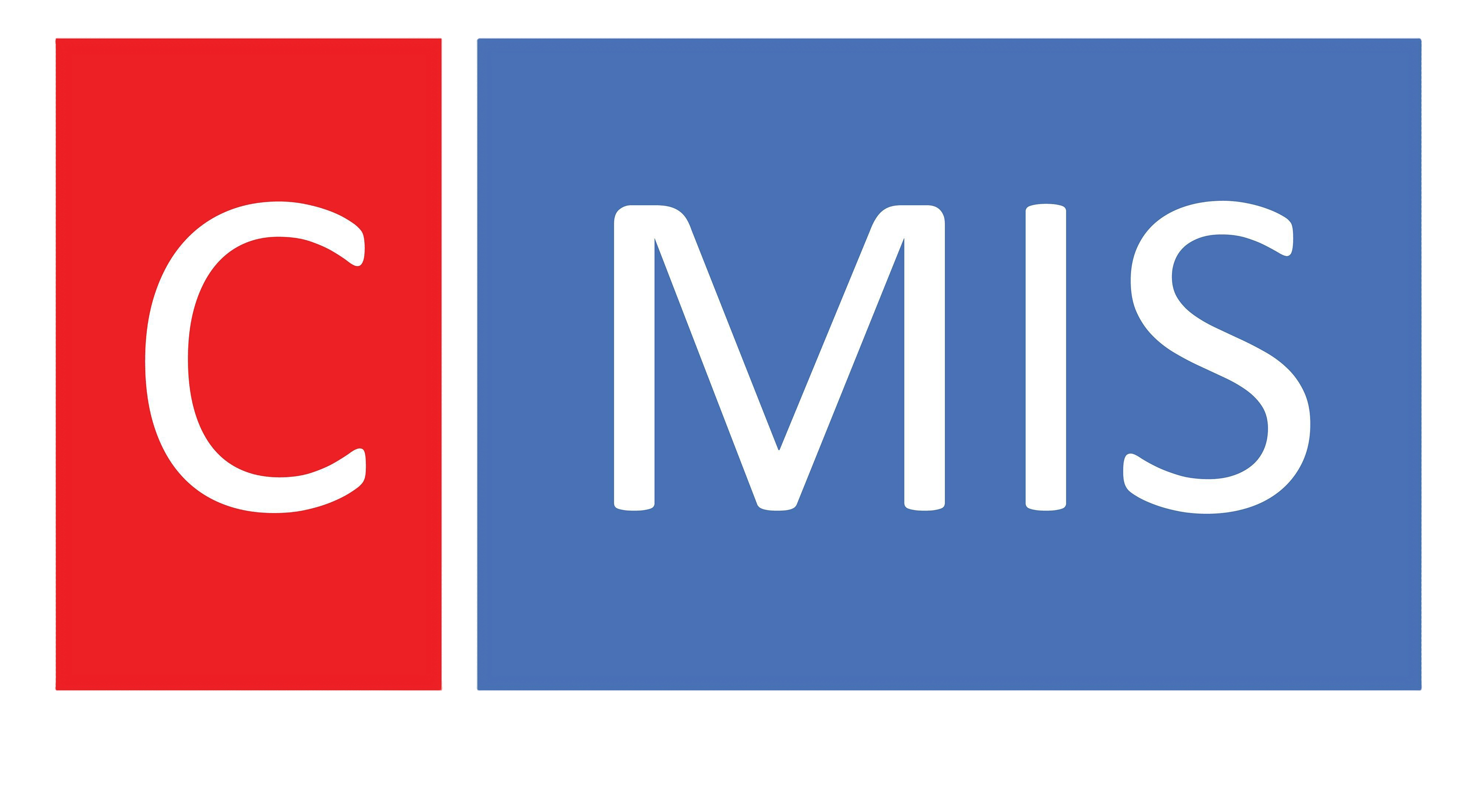- Discover how a centralized communication platform can transform your project management from chaos to clarity, ensuring everyone is always up to date.
- Learn the secret to fostering accountability and teamwork through regular updates and a culture that values feedback among team members.
- Uncover practical strategies and tools to break down communication barriers and enhance collaboration in high-stakes construction environments.
Effective communication is the backbone of successful construction management. In a world where projects are often large, complex, and time-sensitive, the importance of fostering clear communication among project teams cannot be overstated. Miscommunication can lead to delays, budget overruns, and even compromised safety. By implementing thoughtful strategies, you can improve communication among your project teams and elevate overall project effectiveness.
A centralized communication platform is one of the key tools to enhance communication in any construction project. Such platforms—ranging from dedicated software like Procore or PlanGrid to collaborative tools like Slack or Microsoft Teams—offer a single source of truth for all project information. Having a centralized hub ensures that everyone is on the same page, reducing the risk of disseminating outdated information or missing critical updates. Furthermore, with a digital platform, project teams can share documents, design revisions, schedules, and other vital information in real-time, allowing for quicker decision-making and faster problem resolution.
Regular updates on project milestones are also essential for maintaining open lines of communication. When everyone knows the progression of the project, it fosters a sense of teamwork and shared responsibility. Schedule weekly or bi-weekly updates—these briefings should involve all stakeholders, from project managers to subcontractors. Use these meetings to discuss completed tasks, upcoming deadlines, and any challenges that may have arisen. Make it a habit to celebrate achievements and progress, no matter how small, as this can boost morale among team members and keep everyone engaged and invested in the project’s success.
Equally important is soliciting feedback from team members. This practice not only promotes transparency but also empowers your workforce. Create a culture where team members feel comfortable sharing their thoughts and experiences. Consider implementing anonymous surveys or suggestion boxes to encourage honest feedback regarding communication processes and any barriers that may be present. By actively listening to your team, you can identify specific areas that require improvement and demonstrate that you value input from all levels, ultimately strengthening team cohesion.
Aligning project teams effectively involves establishing clear roles and responsibilities. Make sure every team member understands their tasks and how they relate to the overall project goals. Use a RACI matrix (Responsible, Accountable, Consulted, Informed) to clarify who is responsible for what. This not only mitigates confusion but also fosters accountability, ensuring that everyone understands the importance of their contributions.
Moreover, consider adopting best practices for overcoming communication barriers specific to the construction industry. High-stakes environments often intensify misunderstandings due to differing levels of technical knowledge among team members. Invest in training to ensure all team members, from laborers to managers, have a fundamental understanding of project objectives, processes, and terminologies. Enrolling your team in communication skills workshops can also equip them with tools to express ideas clearly and effectively.
Regularly assess how tools and techniques are impacting team communication. Keep an eye on team interactions during meetings and through digital platforms. Are your team members actively participating and sharing their insights? If you notice barriers in communication, take the initiative to explore adjustments in your approach. Continuous improvement should be a permanent objective—adapt your strategies based on the feedback collected and the contexts you’re working in.
Incorporating visual aids in your communications can also be incredibly beneficial. Diagrams, timelines, and other visual tools can simplify complex information and make it more accessible. Consider using Gantt charts to depict project timelines or flowcharts to illustrate processes. These visuals are especially valuable during briefings, where they can help all team members grasp concepts quickly.
Finally, stay proactive in addressing conflicts as they arise. Disputes are natural, particularly in fast-paced environments like construction. Encourage an open dialogue for resolving conflicts calmly and constructively. By mediating conflicts effectively, you can maintain team harmony and ensure that miscommunications do not escalate into larger issues.
Improving communication among project teams in construction management necessitates a deliberate focus on transparency, regular updates, and fostering an inclusive atmosphere. Implementing centralized communication platforms, gathering team feedback, and adopting best practices to overcome barriers will not only enhance collaboration but also elevate the success of your projects. Embrace these communication strategies and set your construction project teams on a path toward greater efficiency, safety, and satisfaction in their work.
Are you ready to elevate your construction project management? Discover how effective communication can transform your team's collaboration and efficiency. With CMIS project management software, you can centralize communication, streamline updates, and ensure everyone is on the same page. Visit https://c-mis.com/demo today for a comprehensive demo that will empower your project teams to succeed like never before. Don't let miscommunication derail your next project—take the first step toward clearer communication now!



